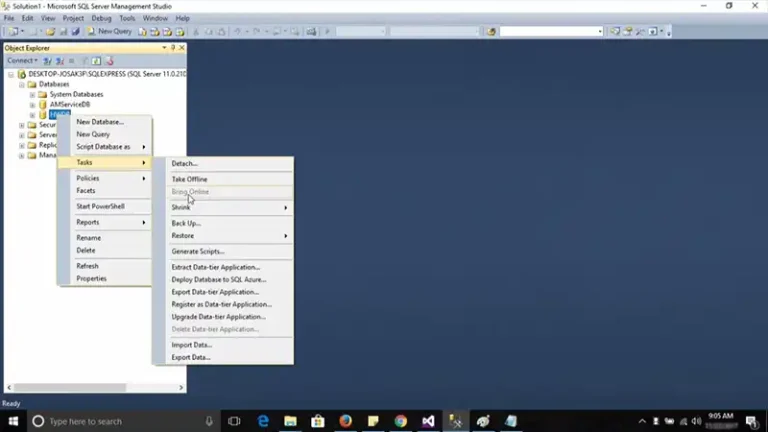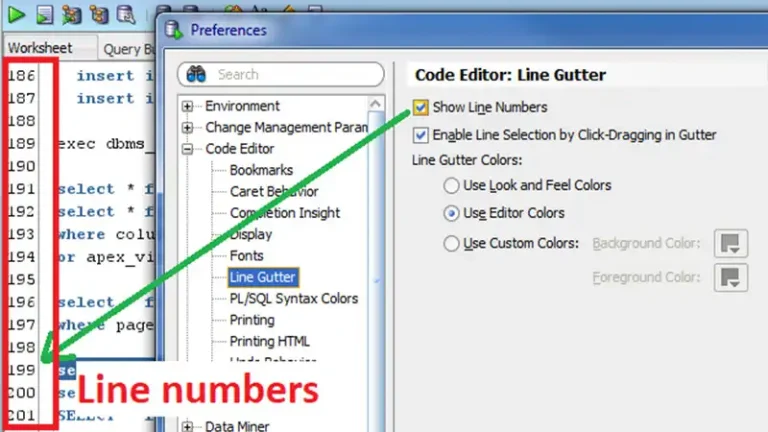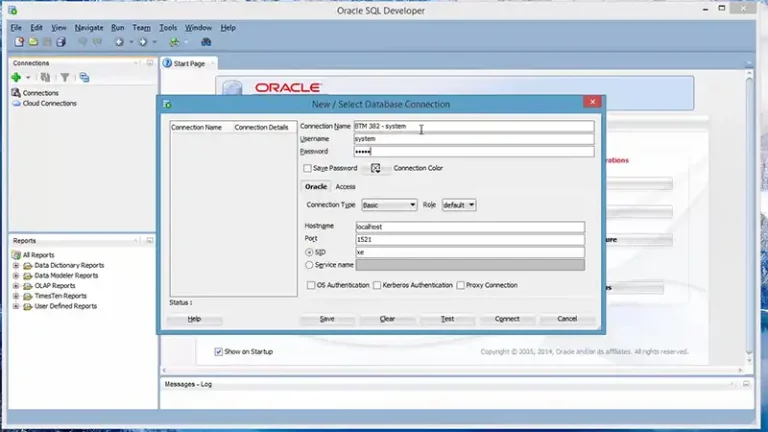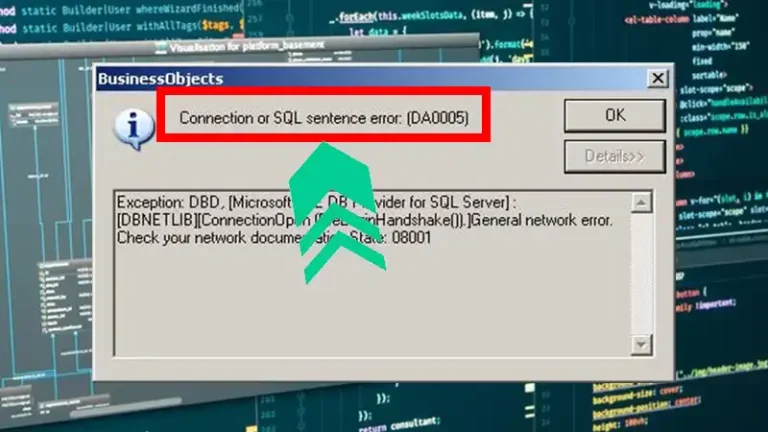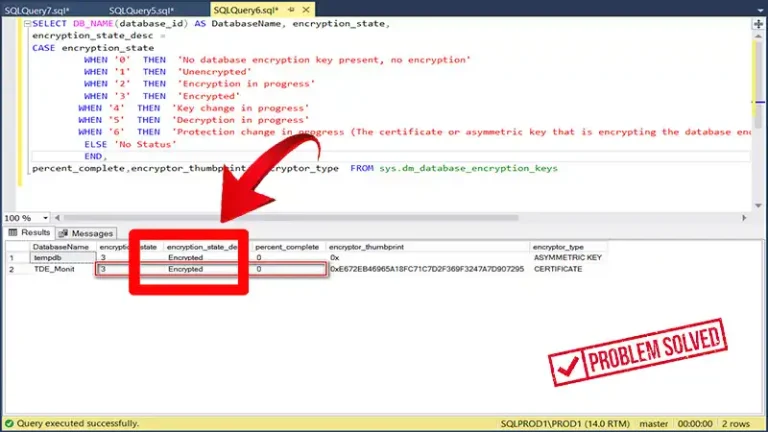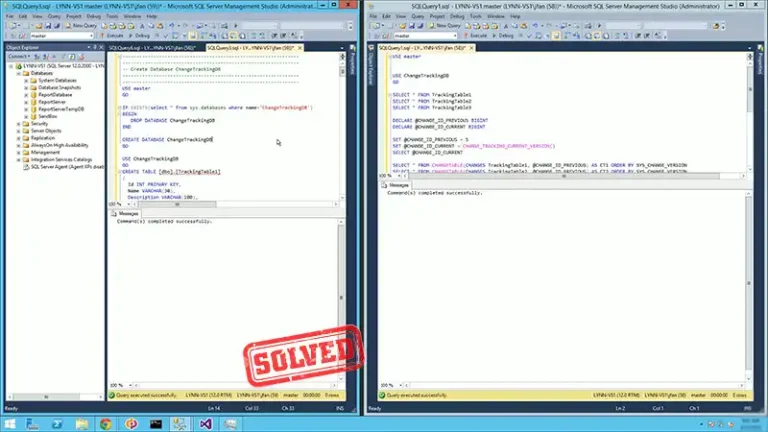Troubleshooting Terraform Error | “Error Acquiring the State Lock”
When working with Terraform, you may encounter the error message “Error acquiring the state lock:…” This error typically occurs when Terraform is unable to acquire a lock on the state file, preventing it from making changes to your infrastructure. In this article, we’ll explore common causes of this error and provide solutions to resolve it.
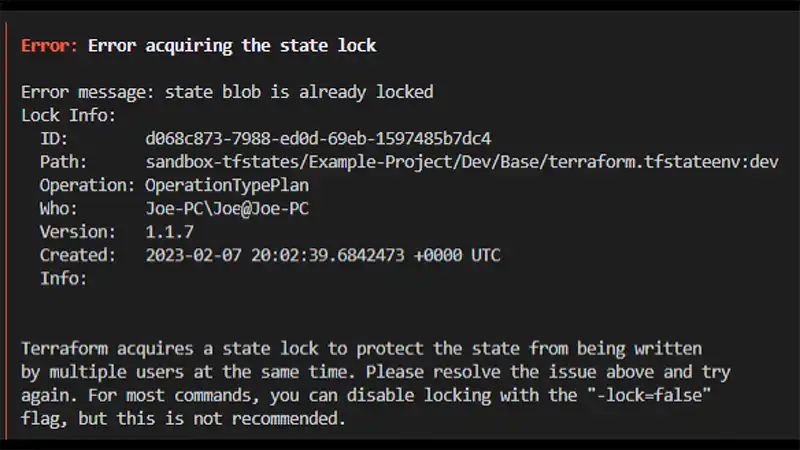
Understanding the Error
The error message “Error acquiring the state lock” indicates that Terraform is unable to obtain an exclusive lock on the state file stored in the backend. The state file contains information about your infrastructure and is used by Terraform to track resource metadata, dependencies, and state changes.
Potential Causes
There are several potential causes for this error, including:
Concurrency
Another Terraform process or user may already have a lock on the state file, preventing additional processes from acquiring it.
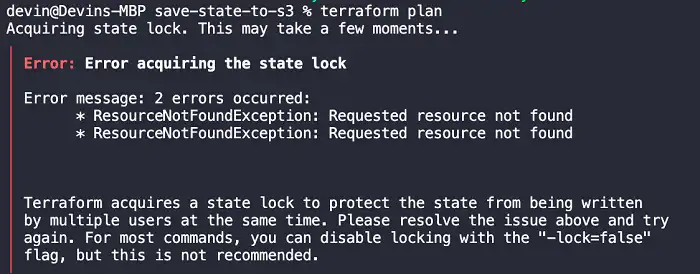
Stale Lock
A previous Terraform operation may have terminated unexpectedly, leaving behind a stale lock file that is still preventing new operations from acquiring the lock.
Backend Configuration
Incorrect configuration of the backend (e.g., S3, Azure Blob Storage) may prevent Terraform from properly acquiring the state lock.
Troubleshooting Steps
To resolve the “Error acquiring the state lock” issue, follow these troubleshooting steps:
Check for Existing Locks
Use the terraform state list-lock command to check if there are any existing locks on the state file. If there are, identify the process or user holding the lock and coordinate with them to release it.
Remove Stale Locks
If there are stale lock files present, you can manually remove them to release the lock. Locate the lock file in the backend storage (e.g., S3 bucket, Azure Blob Storage container) and delete it. Ensure that you have the necessary permissions to delete the lock file.
Ensure Backend Configuration is Correct
Review the backend configuration in your Terraform code to ensure that it is correctly configured. Verify that the backend configuration matches the actual backend storage configuration (e.g., bucket name, key prefix, access credentials).
Retry the Operation
If the error persists after addressing any existing locks or backend configuration issues, retry the Terraform operation. Sometimes, the error may be transient, and retrying the operation may succeed in acquiring the state lock.
Frequently Asked Questions (FAQ)
Can I force-release a state lock in Terraform?
Terraform does not provide a built-in command to force-release a state lock. However, you can manually remove stale lock files from the backend storage to release the lock.
How can I prevent state lock errors in a collaborative environment?
In a collaborative environment, use Terraform’s remote state feature with a backend that supports locking (e.g., S3 with DynamoDB table for locking) to prevent concurrent access issues and conflicts.
Are there any best practices for managing Terraform state files?
A: Yes, it’s recommended to store Terraform state files centrally in a secure and version-controlled repository. Use a backend that provides locking and encryption to ensure data integrity and confidentiality.
Conclusion
The “Error acquiring the state lock” in Terraform can be caused by various factors, including concurrency issues, stale locks, and backend misconfigurations. By following the troubleshooting steps outlined in this article and understanding best practices for managing Terraform state files, you can effectively resolve state lock errors and maintain smooth operations with Terraform.

